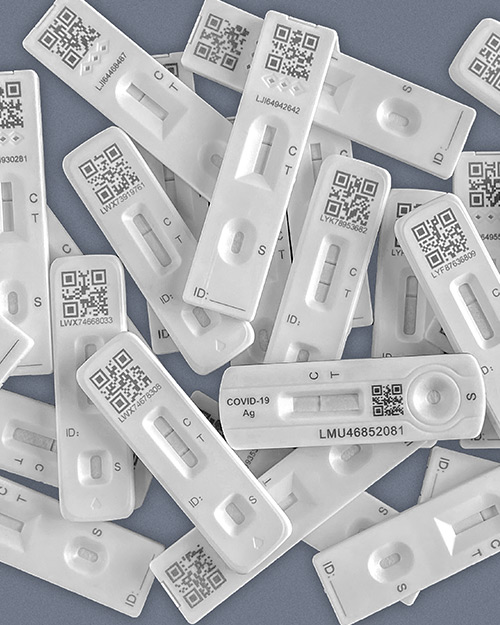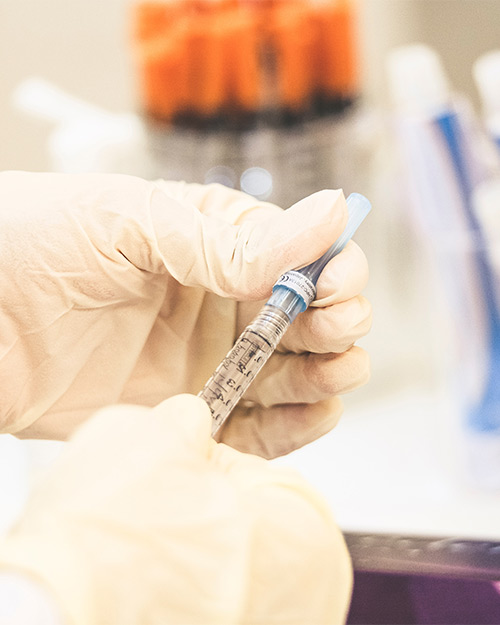-

Pathology Network LIMS System Interoperability Redesign
-

Digital Health and Inequity: Will Technology Close the Gap or Widen It?
-

Supporting the national roll-out of Inventory Management System with NHS Supply Chain
-

Genomics Strategic Demand and Capacity Modelling
-

Accelerating Scan4Safety Agenda through Inventory Management Optimisation
-

Overcoming the barriers to developing future-ready community diagnostic services
-

Financial Improvement Plans: Schemes to Target Outcomes
-

Digitalisation of ICB Ophthalmology
-

Virtual Ward Implementation Programme Methodology
-

Commercial Case for NHSE South-West Community Diagnostic Hubs
-

Virtual Wards: First-of-kind Case Study on Heart Failure
-

Discharge to Assess: Where the rubber hits the road
-

Technology-enabled Virtual Wards
-

Logistics Management for a Global Pharmaceutical Company
-

Reshaping long neglected sterilisation services
-

Implementation of a Trust-wide Patient Safety Programme
-

Redesigning a one-of-a-kind NHS shared service facility
